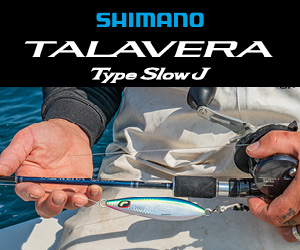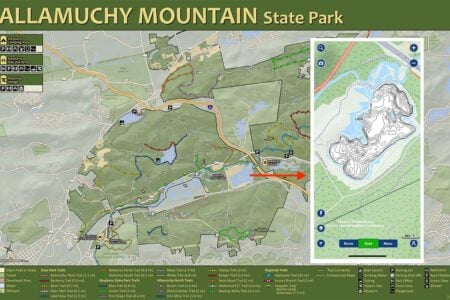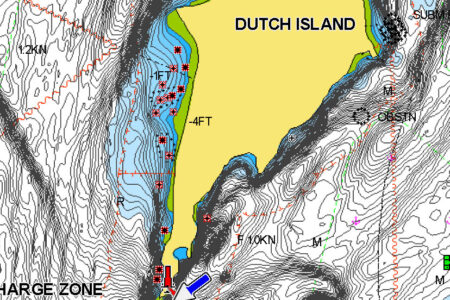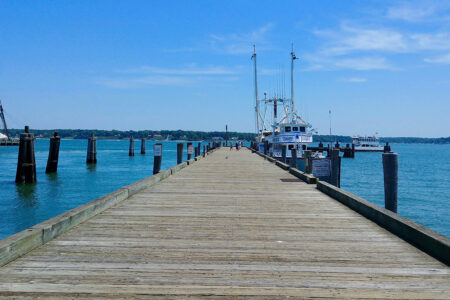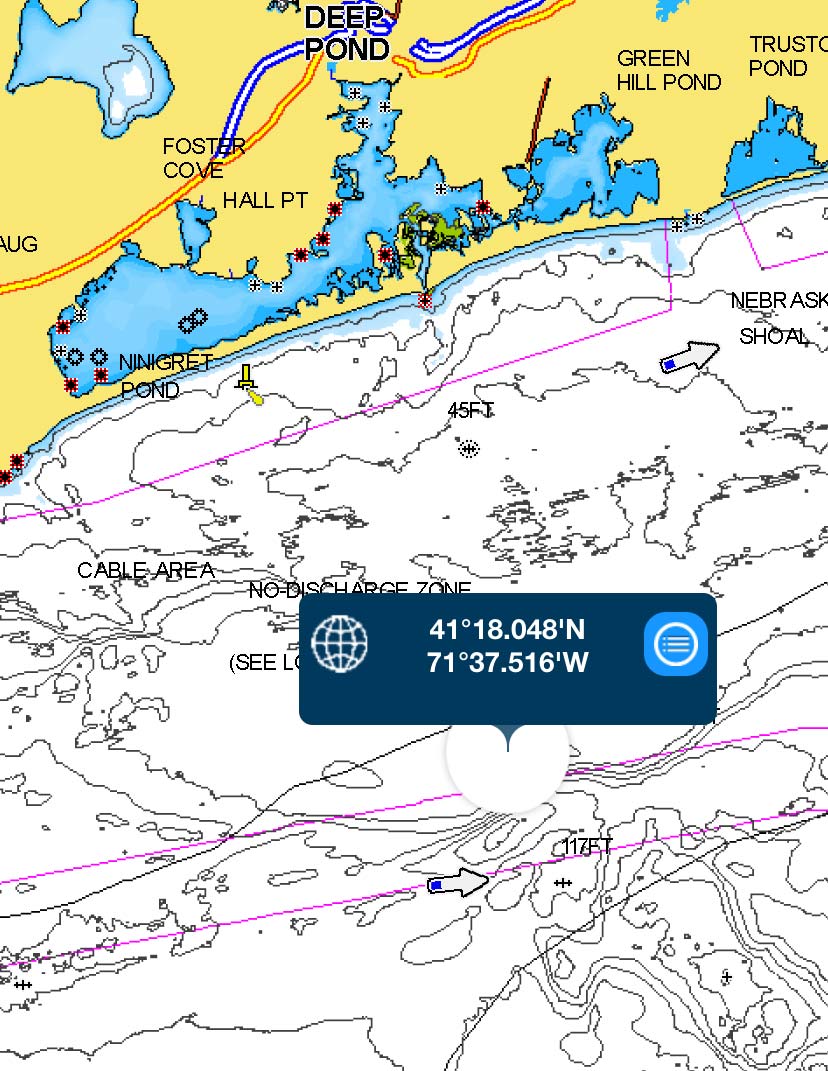
With a broad smile and a bent rod Captain Roger Jarvis and I were tight to a pair of market cod while our deckmate, had unhooked a fish of similar size and was sending his jig back to the bottom. “We are mining buried treasure,” the skipper chuckled, “I’m certainly glad you asked for my help.” The skipper was referring to providing his boat to Tim Coleman and I in our effort to complete our book Fishable Wrecks and Rockpiles about the marine species that live in the remains of ships and barges that litter the bottom of the ocean.
Off our shores lay the remains of cargo ships, schooners, fishing trawlers and more barges than we could count. Over time, all of these marine disasters become manmade reefs, which attract marine growth, bait, and numerous species of fish. When we began this endeavor very few of that days fishermen were interested in the tactics or strategies of wreck fishing. While our research for the book began these searches in the middle to late 1980s, my own searches continue to this day. Some pretty sharp and successful charter skippers have made it a practice to spend the time and effort to search out and learn the locations of these wrecked vessels, many of which are held as closely to their vest as the combination of their household safes.
One of the things that helped me significantly was my association with the dragger fishermen who I met in the course of my duties with the Mass Marine Fisheries Commission. A few of them shared some Loran-C numbers from their hang logs which at least put me in the ballpark of where to begin looking. A hang log is a book of numbers where those net fishermen hung up their expensive gear causing extensive monetary damage which they never wanted to re-visit in the future.
One of the wrecks was that of the 228 wooden barge, The Annapolis which was involved with a collision with a US submarine on February 17, 1945, as the sub was heading for her home base in New London, CT. After the crash, the three man barge crew was picked up by the sub and taken to New London where they received medical attention. It was one of the few collisions we investigated where no one was killed or seriously injured. At one point the bow of this wreck rose up 25 feet above the bottom, but time and the elements took their toll, however there is a considerable wreckage spread out over the debris field which collected marine growth creating a haven for forage and predators.
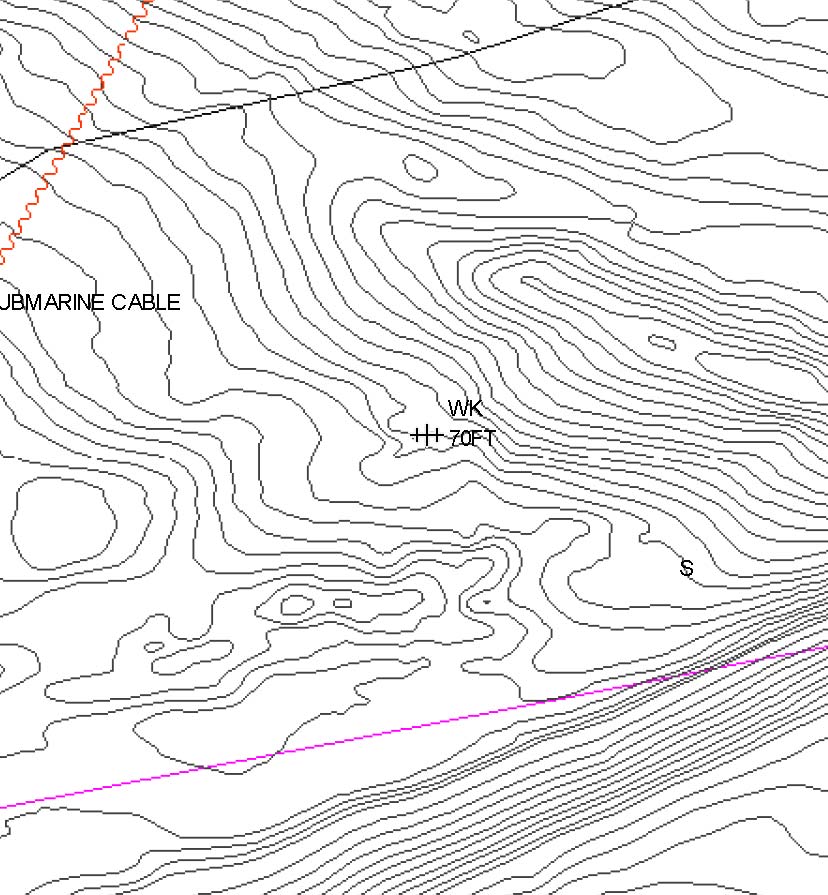
I have not fished this wreck in quite some time, but a few friends of my co-author Tim Coleman told me that, despite the netting hanging onto the remains, they routinely catch tautog, black sea bass and a few nice fluke that work the edges of this, nearly 80-year-old, wreck. One of the divers I spoke to a few years ago said that soon after Halloween they catch legal-sized cod on the green crabs offered for tautog and one of them had a couple in the teens.
As this wreck is out of my usual area of operations I have relied on information provided by others who frequent it on their way from Point Judith to Block Island. As with numerous other wrecks, this one is not marked on the NOAA chart of the area, but she lies in 88 to 100 feet of water a short steam from Charlestown Breachway. Our initial coordinates at the time were Loran-C but a generous group of divers, The Aqua Explorers, provided the GPS coordinates which are N41.18.048 by W071.37.516 . These locations are usually a prime habitat for lobsters so you might find some lobster gear set on or around the debris field.
There is a great deal of structure in the form of rockpiles and wrecks that hold fish which are known by only a handful of fishermen who did their homework to find them. In the course of many years of travel to and from known locations I have run over some very interesting bottom that has produced some great fishing. While your attention should be directed to your course and marine traffic I am almost always travelling at a speed that allows me to watch my fishfinder screen to see what type of bottom I am running over. A few of those places found in that manner have provided me and my deckmates with some great black sea bass, tautog, and the occasional cod. One of the unmarked wrecks we found while travelling (The Pipe Wreck) has routinely given up a few quality stripers and a few larger bluefish that were probing this area looking to pick off an easy meal.
